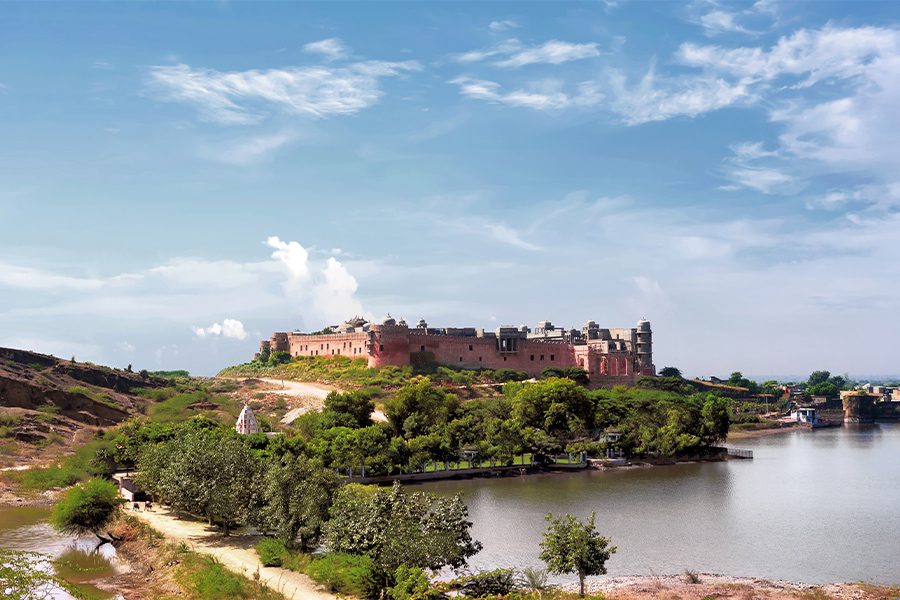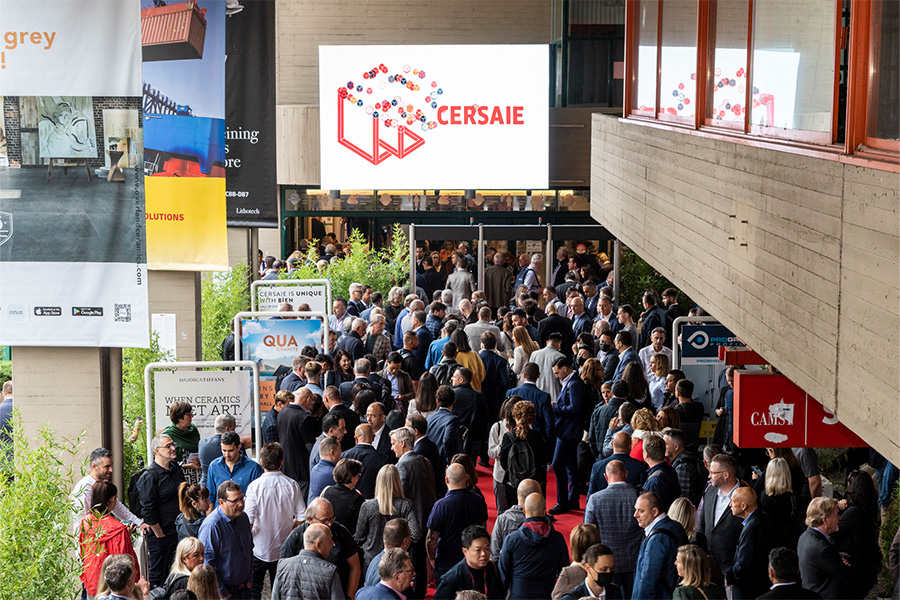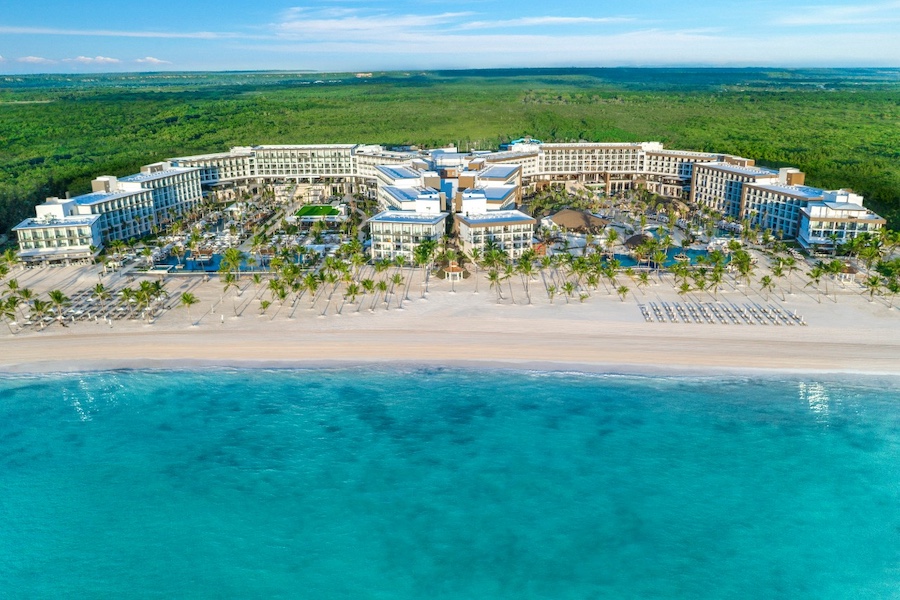While the mainstream hospitality industry continues to discuss the merits of adopting paper straws and reusing towels, in the quiet corners of Bali, Rajasthan, and Utah a very different approach to sustainable travel is emerging.
Regenerative hospitality puts the preservation, and active regeneration, of the local culture, community, and environment at its core. In doing so, it reaches far beyond many of the current conversations about sustainability where the focus is often on achieving hard-to-measure global initiatives. Instead, it strives to make a tangible impact by incorporating social, economic, and environmental needs of the area into the hotel’s brand ethos, design, and business model.
This might sound like a radical shift, but it’s about hospitality getting back to its roots: creating deeper and more meaningful connections by being at one with the local culture, community, and surroundings.
Regenerative hospitality sits at the intersection of several major industry trends, such as mindful travel, community-led tourism, nature-based tourism, and the desire to discover authentic local experiences. As its influence grows and hotel brands begin to reposition themselves to stay relevant, here are four key insights they should bear in mind.
Treading lightly

The Six Senses Fort Barwara in Rajasthan, India. Photo courtesy of Six Senses
The best examples of regenerative hospitality adopt thoughtful practices to lower their impact and make these the heart and soul of their entire brand purpose. They are brands positioning themselves to be more responsible and nurturing while adding cultural and commercial value to the world around them.
Six Senses Fort Barwara is a 700-year-old palace in Rajasthan, India that reflects the history and heritage of the local community and environment. The structure was restored using traditional building techniques, and the hotel, which debuted in fall 2021, features a rewilding project that aims to conserve the natural habitat by removing invasive species and planting native trees and plants that are vital for a healthy ecosystem.
At other Six Sense properties, guests play a role in restoring marine habitats, controlling overfishing, and helping local communities with access to healthcare, education, and infrastructure. None of this is at the detriment of the design aesthetic or brand. In fact, this is an approach that demonstrates the power of design to enrich lives—a defining characteristic of regenerative hospitality.
Finding harmony
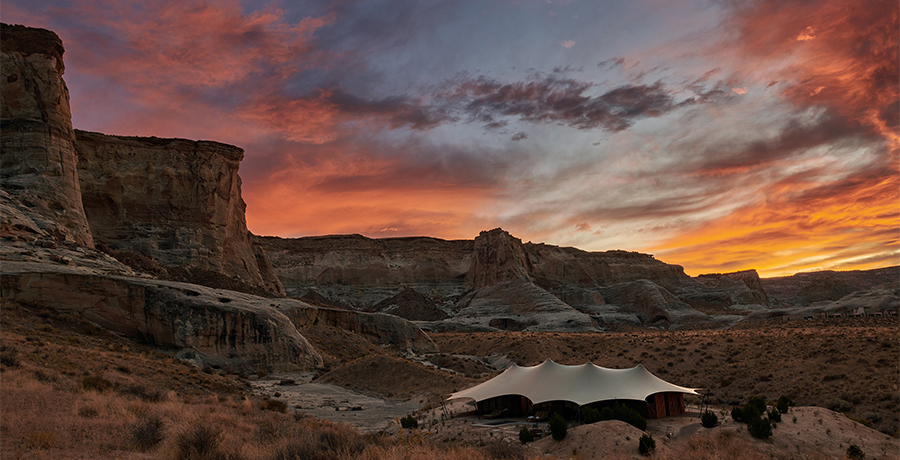
Amangiri in Canyon Point, Utah; photo courtesy of Aman
Regenerative hospitality is also in tune with its surroundings. For example, building materials are often sourced locally or made by local artisans. Existing trees are built around instead of cut down. Sustainable building practices are used, like reclaiming materials from the local environment.
Biophilic design that connects people more closely to the natural environment is an important part of this. For example, Amangiri blends into the desert landscape of red-rock country on the border of Utah and Arizona. Here, the architecture, building materials, construction, and design take direct inspiration from the surrounding landscape of canyons, ridges and gorges, and the culture of indigenous communities.
Instead of imposing or importing a concept into the area, these approaches are tailored to their context. This sets up an ongoing interdependence between the hotel and its local community and environment.
Connecting people and places

The Desa Potato Head resort in Seminyak, Bali; photo courtesy of Desa Potato Head
Regenerative hospitality blurs the boundaries between guests, visitors, and the local community. In doing so, hotels become community hubs that nurture closer relationships between people, lifestyle, and place.
Desa Potato Head, a luxury beach resort in Bali, has been described as a “creative village where music, art, design, food, and wellness converge under a zero-waste philosophy.”
A large public plaza and rooftop space are regularly activated for public events, parties, exhibitions, and activities, bringing the local community into the hotel. An onsite workshop allows guests and locals to participate in the hotel’s regenerative projects. There is a recording studio, art gallery, library, listening lounge, coworking space, streaming station, beach club and six restaurants, inviting people to immerse themselves in the Desa lifestyle.
There is no separation between the local community and guest experience here. All of this is achieved without compromising on design in a way that ladders back to the philosophy and purpose of the brand.
Mindful programming
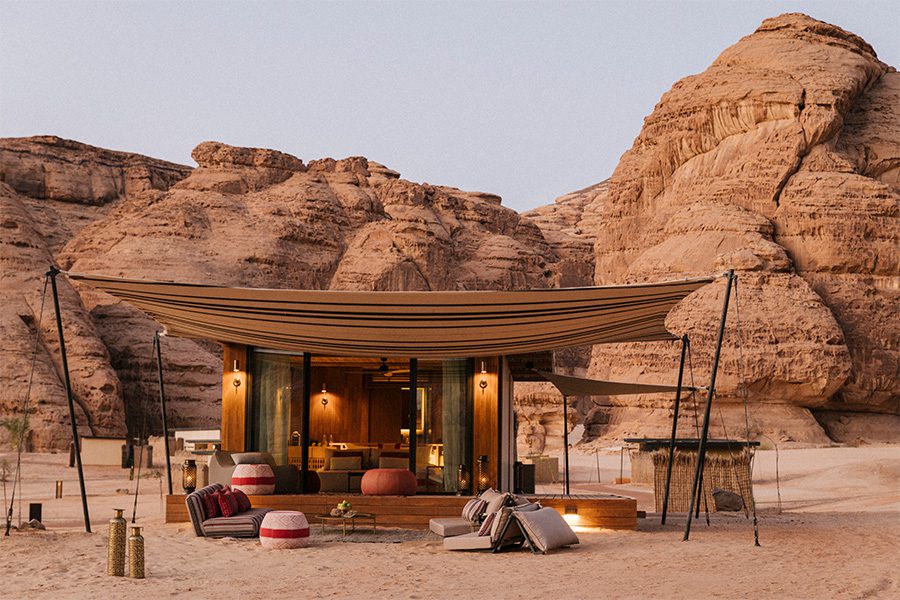
Habitas AlUla in Saudi Arabia
Regenerative hospitality also brings guests closer to the local community, culture, and environment through mindful programming that involves guests as active participants.
Habitas, a collection of hotels in remote locations around the world, offers complimentary daily programming focused on six areas: art and culture, wellness, adventure, learning, F&B, and music. This allows guests to get involved in local life, immersing themselves in enriching experiences from learning ancient Mayan dancing to participating in the time-honored tradition of a Moroccan tea ceremony.
This culturally immersive approach sets up opportunities for more emotive—even transformational—experiences for guests that contribute to their wellbeing and personal development while leaving a lasting impression of the culture and community in their mind.
Regenerative hospitality brands have a purpose and values-led philosophy that is incorporated into all aspects of their brand. This includes design and architecture that’s in tune with the local environment; new business models that add cultural and commercial value to the communities they’re part of; and authentic experiences that bring guests and locals together.
While each of these elements are impactful in their own way, when brought together holistically, they have the power to turn into something far more meaningful that leaves a lasting impression on guests.
James Huntly is founder and creative director of AboundStudio, a strategic design studio for a new wave of experience-led hospitality brands reshaping our cultural landscape. Prior to launching AboundStudio, Huntly was brand design and experience director at IHG Hotels. He has spent his career leading the creative direction of some of the world’s most progressive hospitality, travel, and lifestyle brands, including as creative lead on London’s Hoxton Hotel and IHG’s fastest growing brand voco. He has collaborated with iconic architects and designers including Zaha Hadid and Conran and Partners.

